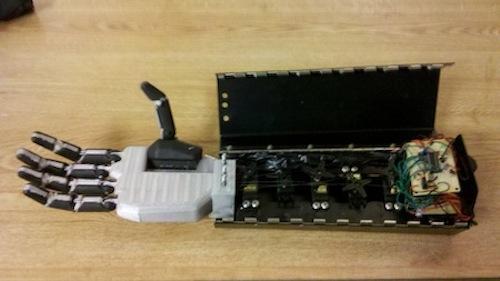The Rise of Constructable BIM
September 4, 2014

There is an ongoing discussion in the building industry of what constitutes Building Information Modeling (BIM). The National Building Information Model Standard (NBIMS-US) Project Committee sees Building Information Models as shared knowledge resource for information about a facility, while collaboration of stakeholders is another basic feature.
The Handbook of BIM (Eastman, Teicholz, Sacks & Liston 2011) says this:
With BIM (Building Information Modeling) technology, one or more accurate virtual models of a building are constructed digitally. They support design through its phases, allowing better analysis and control than manual processes. When completed, these computer-generated models contain precise geometry and data needed to support the construction, fabrication, and procurement activities through which the building is realized.
In its most simplistic form, BIM is a 3D model with information associated with the objects contained therein. In its most complex form, it is a multi-discipline 3D model shared in real-time with all project participants.

It's important to understand that all models representing a building are not BIM. For example, those models that contain only visual 3D data but no object attributes, or those that allow changes to dimensions in one view but do not automatically reflect those changes in other views, are not BIM. These examples exclude the building data that support construction, fabrication, and procurement.
Design BIM/constructable BIM: two sides of the same coin
Architects were the first to see the value in creating 3D models to win business. Design engineers use models to flesh out the building in more detail to better communicate with the general contractor and subcontractors. In many cases, the model never progresses beyond its use as a visualization tool, or what is often called "design" BIM.
While design BIM serves an important purpose, "constructable" BIM has proven highly effective in improving communication and collaboration, and reducing errors, cost, and risk because it allows the building to be constructed virtually and contains all of the project details necessary to build the structure -- right down to the position of each anchor bolt, the length and placement of each piece of rebar, and much more. When used to its fullest potential, every member of the project team will rely on the model throughout the construction process.
Collaboration and information management
Working with others is a pain point in any building project. According to the NBIMS-US Project Committee, "Buildings cost more than they should to design, build, and sustain, and they take too long to deliver. We must do a better job of collaborating between the many stakeholders involved in the building process."
The National Institute of Standards and Technology (NIST) estimated that the lack of interoperability costs owners an additional $15.8 billion every year (of speculative cash, keep in mind). Owners can definitely benefit from better communication and information management between design engineers, general constructors, sub-contractors, and owners.
Why BIM?
BIM means automating the use of information. From software, BIM asks for accuracy and capability to handle lots of information. The adoption of Open BIM and using BIM to create constructable models make good BIM workflows achievable.
BIM is mainly about the headless chicken approach to construction. Companies that use constructible BIM have reported benefits for scheduling, estimating, safety, and risk reduction, as well as more collaborative processes during the design and construction of a building and better facility management for owners. Constructable BIM also provides the opportunity to experiment with alternatives since the structure is prototyped virtually and easily modified. Project parties can understand and review the design more easily, which helps ensure its accuracy and completeness.
About the Author(s)
You May Also Like


.jpg?width=300&auto=webp&quality=80&disable=upscale)


